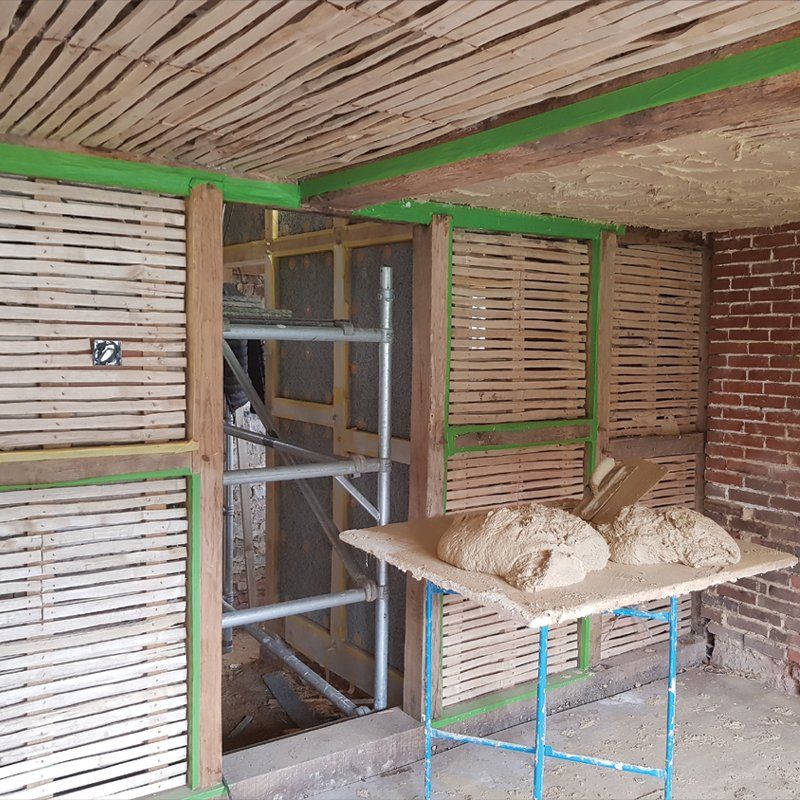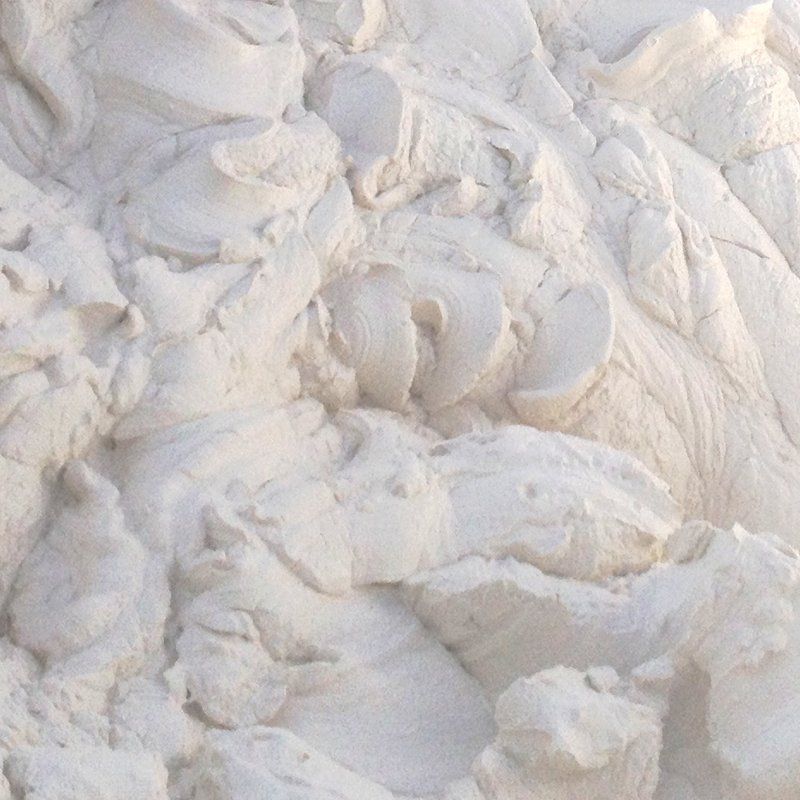Welcome to Chalk Down Lime ...
Quality and Standards
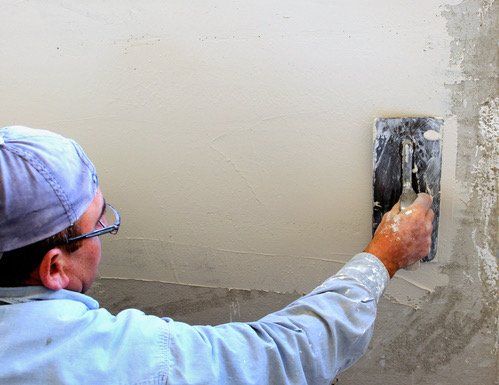
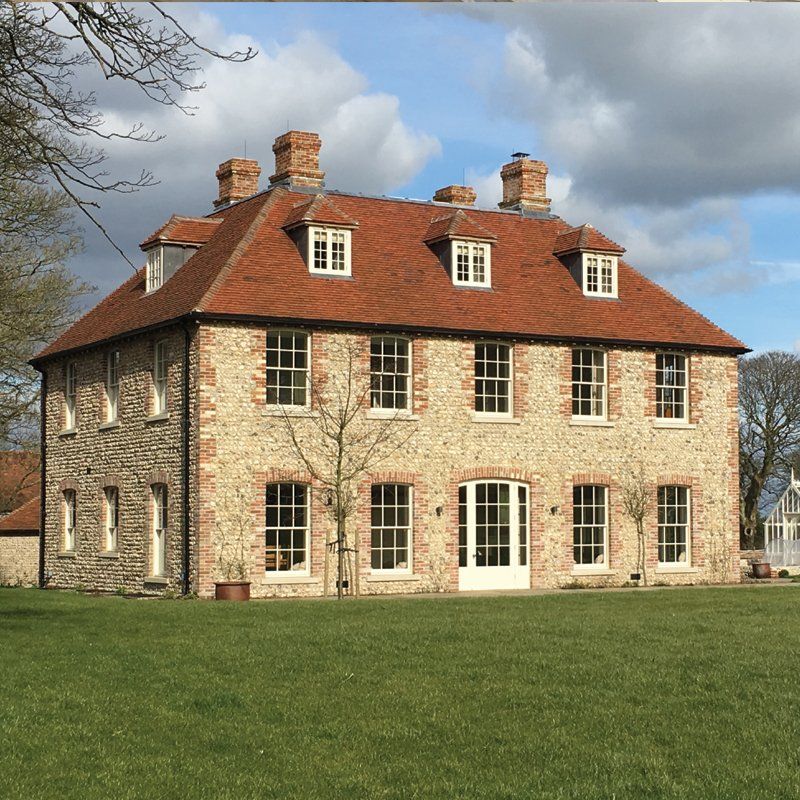
Product Data & Safety Data (SDS)
Why Lime?
Lime was the primary building material for all domestic and commercial construction right up until World War 2. The national housing stock of the UK is made up of 25% pre 1919 lime-built, traditional solid-wall masonry & timber construction.
With the loss of skills and craftsmen after consecutive world wars and the need to provide quick and cheap housing in the wake of bombing and the population boom led to the emergence of mass-produced modern construction methods and products in the middle of the last century. This included the complete switch to Portland Cement based mortars and renders and Gypsum plasters which provided much needed speed and cost effective construction.
Many historic building over that time up until now have been extensively repaired using these inappropriate materials including cement and gypsum based products which are widely accepted to be causing damage to historic lime built structures as they are, in the main, non-breathable and inflexible causing buildings to become sick and create hermetic seals trapping moisture and causing issues with damp and decay which if left untreated can lead to health issues for inhabitants and decreased living standards.
Lime has been used for centuries right across the world as a key building material for construction. It has been at the heart of development and growth to create housing, commercial buildings, fortifications, monuments, public spaces and civil engineering projects. The ancient ruined cities of civilisations such as The Minoan in Greece and Pompeii in Italy are a testament the longevity and durability of this wonder material.
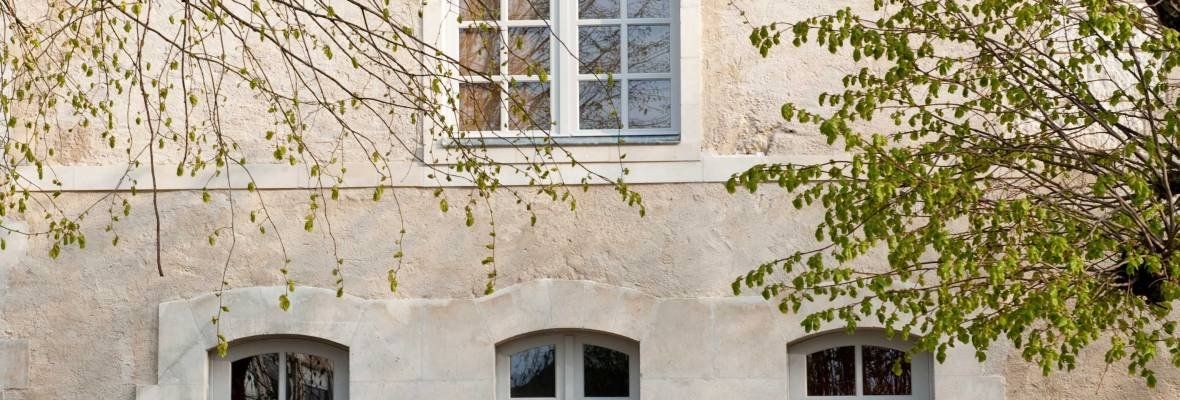
Flexible, breathable and durable...
